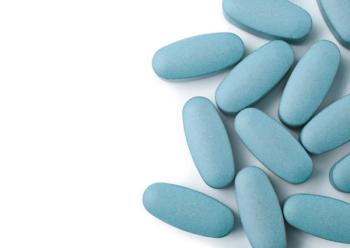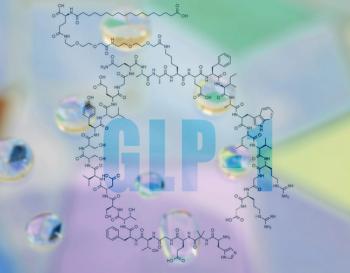
|Slideshows|May 31, 2018
New FDA Warning
Author(s)James Phelps, MD
A rare but serious reaction to this treatment can have immunological consequences. As with all medications, however, the latest alert does not change how psychiatrists manage the risks.
Advertisement
Newsletter
Receive trusted psychiatric news, expert analysis, and clinical insights — subscribe today to support your practice and your patients.
Advertisement
Latest CME
Advertisement
Advertisement
Trending on Psychiatric Times
1
FDA Grants Breakthrough Therapy Designation to Alixorexton for the Treatment of Narcolepsy Type 1
2
FDA Accepts Investigational New Drug Application for COMP360 for PTSD
3
Neurosterix Announces Phase 1 Study of NTX-253 for Schizophrenia
4
Stress in Sports: What It Really Means and How to Discuss With Athletes
5

















